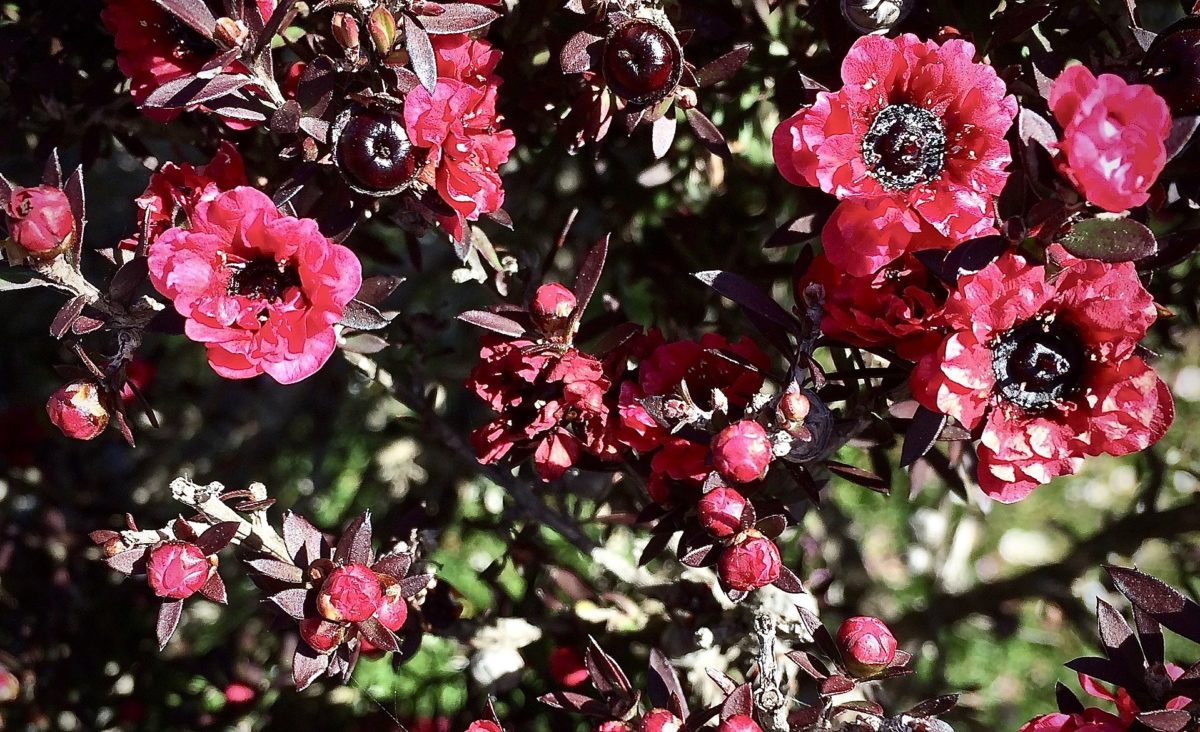A scientific study published in the journal Science Direct has shed new light on the chemical makeup of New Zealand and Australian mānuka honey, a highly sought-after and valuable variety of honey known for its unique antibacterial properties.
The study, conducted by researchers Dr Alastair Ross (AgResearch) and Dr Terry Braggins (Analytica Laboratories), utilised advanced laser-assisted-rapid evaporative ionization mass spectrometry (REIMS) to analyse manuka- labelled honey samples from New Zealand and Australia, providing strong evidence that the geographical origin of Leptospermum honey, commonly referred to as mānuka honey, has its own distinct molecular composition fingerprint.
Mānuka honey, derived from the nectar of the Leptospermum scoparium tree in New Zealand, has long been the subject of discussion, with some arguing that honey from other Leptospermum species in Australia should also be considered mānuka honey.
This study, however, revealed distinct differences between honey samples from the two countries, suggesting that the botanical and environmental factors unique to each region influence the honey’s composition.
Key findings from the study include:
- The REIMS analysis of honey samples clearly differentiated between honey from New Zealand and Australia. Over 50% of the detected molecular features varied between the two countries, regardless of similarities in methylglyoxal (MGO) content.
- The research found that REIMS features, particularly in negative ionization mode, correlated strongly with established molecular markers used to assess the quality of mānuka honey. This suggests that the REIMS technique can be a valuable tool for verifying the authenticity and quality of honey.
In New Zealand, the Ministry for Primary Industries (MPI) has developed a molecular definition for mānuka honey verification, including DNA analysis of Leptospermum scoparium pollen and specific metabolites such as 2′-methoxyacetophenone (2′-MAP) and 2-methoxybenzoic acid (2-MBA). The study supports that these markers, unique to mānuka honey, can also be used to determine its geographic origin.
Mānuka honey is highly valued for its non-peroxide antibacterial activity, attributed to the presence of MGO, and is worth significantly more than other high-grade honeys due to its unique properties.
The debate surrounding what constitutes mānuka honey has been ongoing, leading to concerns about honey fraud and mislabelling. The findings of this study have important implications for the honey industry, consumers, and regulatory bodies, as they provide a way to verify the authenticity and origin of mānuka honey.
Dr Ross, the lead researcher on the project, said:
“Our study reinforces the idea that the geographical origin of Leptospermum honey is deeply embedded in its molecular makeup. This knowledge can help ensure the authenticity and quality of mānuka honey, protecting both consumers and the industry.”
The REIMS technology, which rapidly analyses hundreds to thousands of small molecules in a sample, has previously been used in various food analyses and now shows potential in the honey industry.
The full study can be accessed here.
Source: AgResearch












